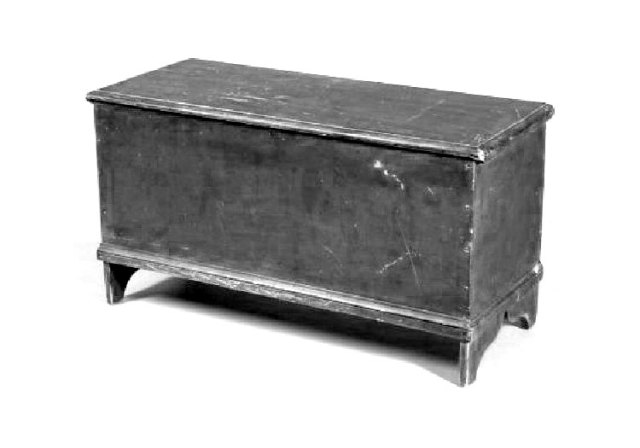 “What seems to have happened is this. Certain pieces of furniture, because of their essential practicality and usefulness, began during this period [the 17th century] to achieve definitive forms for which they were to retain for many years. Skilled but unsophisticated country craftsmen, usually joiners rather than cabinet-makers, repeated the same designs again and again, without changing them much, because they had been found to be the best for a particular purpose. A good deal of furniture thus escaped from the influence of fashion and, however unconsciously, responded only to the principle of fitness for use.
“What seems to have happened is this. Certain pieces of furniture, because of their essential practicality and usefulness, began during this period [the 17th century] to achieve definitive forms for which they were to retain for many years. Skilled but unsophisticated country craftsmen, usually joiners rather than cabinet-makers, repeated the same designs again and again, without changing them much, because they had been found to be the best for a particular purpose. A good deal of furniture thus escaped from the influence of fashion and, however unconsciously, responded only to the principle of fitness for use.
“It was the furniture of this type which eventually attracted the attention of 19th-century reformers such as William Morris, and which, through him, became the progenitor of a great many of the utilitarian modern designs which furnish people’s houses today.”
— Edward Lucie-Smith, “Furniture: A Concise History” (Oxford University Press)